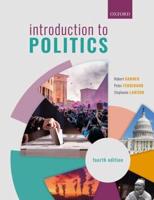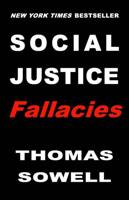Publisher's Synopsis
This important library and classroom tool will make it easy for students to research and debate the core political ideas and issues of the founding period. The profound arguments regarding republicanism, federalism, constitutionalism, and individual rights come to life here, contextualized with introductory explanations to stimulate analysis and appraisal of the positions. Unique to this collection are documents relating to the establishment of constitutional governments in the original 13 states, debate over the Bill of Rights, and documents reflecting a variety of alternative voices, including letters and petitions from women and African-American and Native-American leaders. This presents a broader picture of the issues that confronted those who framed our government than has ever before been available.
An advisory board of distinguished historians and teachers assisted Patrick with the selection of documents. This collection shows how the founding fathers arrived at consensus from the many conflicting viewpoints that characterized the debate on founding our extraordinary constitutional republic. The political debates on independence and original state constitutions are connected systematically to the subsequent debates on the ratification of the Federal Constitution and the Bill of Rights. Political grievances of dispossessed groups such as women, African Americans, and Native Americans, are connected to core ideas of the founding documents, such as the Declaration of Independence. Letters, petitions, sermons, court proceedings, Thomas Jefferson's notes, a selection of Federalist and anti-Federalist papers, even the Northwest Ordinance, are among the documents included. The work is organized topically into seven parts, each which is prefaced by an introductory essay which presents the main theme, ideas, and issues, and establishes a context for the documents that follow. Each document is preceded by an explanatory headnote, which includes questions to guide the reader's analysis and appraisal of the primary source. Each part ends with a select bibliography. A chronology of major events concludes the work. This collection is a basic research and debate tool that will be invaluable to school and public libraries and secondary school classrooms.









